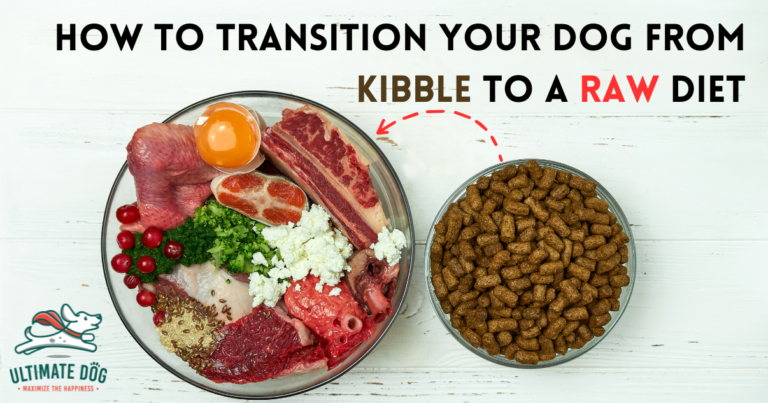
Brewer’s Yeast for Dogs: The Good and The Bad
If you’ve ever taken the time to study the ingredients listed on dog food labels, odds are you’ve come across brewer’s dried yeast. And if you have, you’ve probably asked yourself, why on earth is there brewer’s anything in my dog’s food!? I’m here to tell you this common ingredient is nothing to panic about. In fact,

Dog Dementia: Cognitive Dysfunction Syndrome (CDS) In Aging Dogs
Aging affects all organs in the body, including the brain. It physiologically changes as our pet ages — it becomes smaller and lighter, often with a slightly reduced blood flow. Not every dog’s brain ages in the same way, though. There are significant changes in a senior dog’s brain that are developing cognitive dysfunction.

Dog Candida: how to resolve chronic yeast infections in dogs
Candida albicans maintains itself on a diet of sugar and starch. When your dog eats high-carbohydrate food, such as most kibble, it is consuming everything candida needs to thrive and reproduce. And because dog’s systems aren’t built to process that much starch, there is always plenty of leftovers to sustain a booming population of yeast.

Metronidazole for Dogs Is a Toxic Health Hazard
It’s interesting that a drug NOT approved by the FDA for veterinary use is so widely prescribed in veterinary clinics. In North America, metronidazole is sold under the brand name Flagyl and is routinely used in veterinary medicine off-label. In Europe and the UK, one commercially available product is on the market for dogs & cats, sold under the name Metrobactin. It’s approved for use on pets with bacterial infections of the gastrointestinal tract, urinary tract, mouth, and skin.

Ready to Move from Kibble to Raw? Discover the Right Way to Make the Switch!
It takes time for the microbiotic makeup of your dog’s gut to change in order to account for a new diet. A slow transition helps ensure that the right organisms have time to populate the gut lining before the diet change is complete. This helps avoid diarrhea, excess gas, and gut pain.

Elevating Canine Wellness: Unleashing the Benefits of Rotational Feeding for Dogs
Rotational feeding is based on regularly switching your dog’s food to provide nutritional variety. Rotating the sources of macronutrients (protein, fat, fiber) gives dogs a better chance at balanced nutrition.
